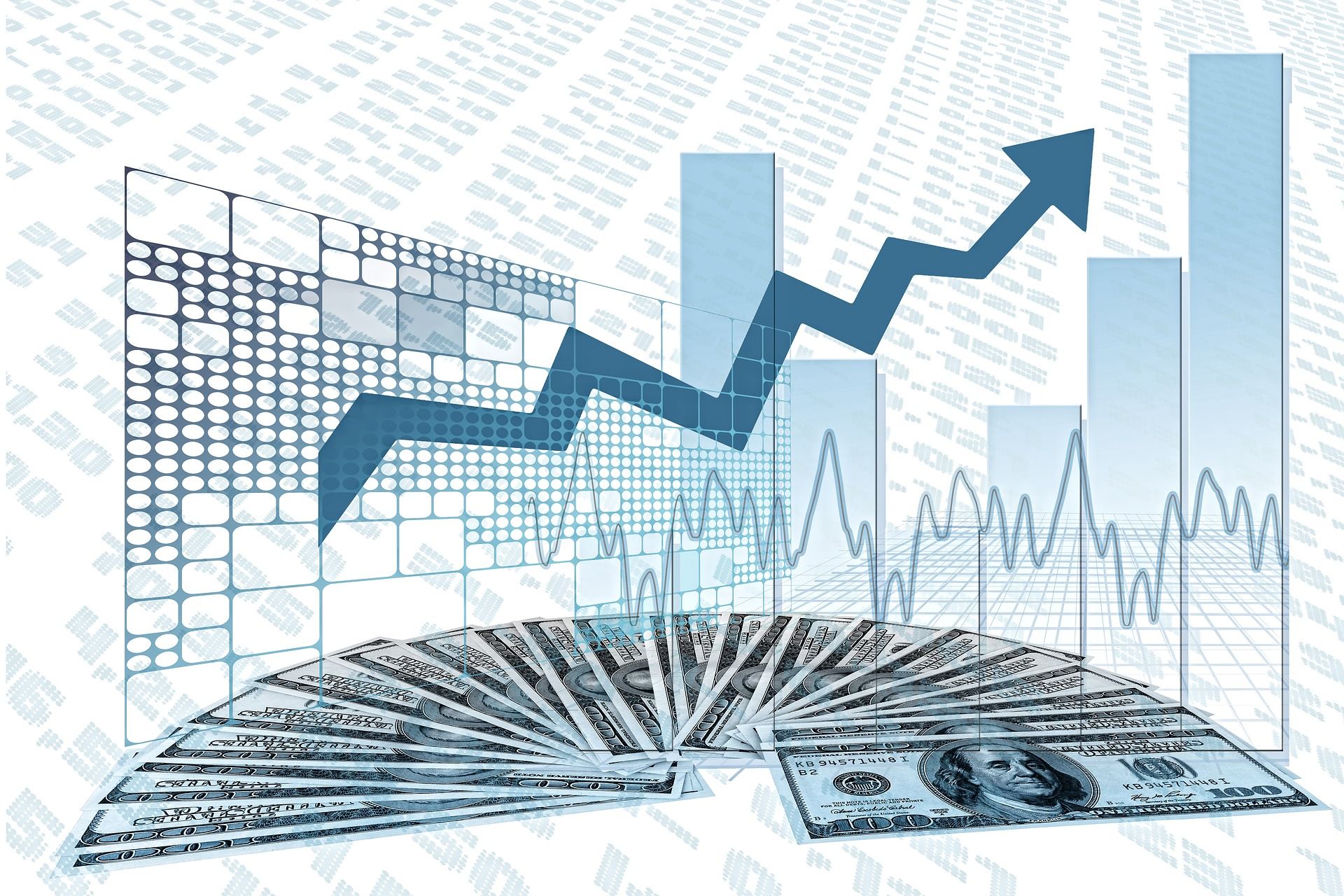How Do Exchange-Traded Funds (ETFs) Impact Diversification?
Exchange-Traded Funds, or ETFs for short, are a great solution for investment portfolios that require more successful risk management through diversification of asset classes. As publicly traded securities, ETFs are a tradable asset class. Compared to other investment instruments, ETFs can be purchased at lower costs and are profitable with their high liquidity and are evaluated in diversified investment portfolios with different asset classes.
Interest rates worldwide have remained at extremely low levels for several years. Usually private investors are particularly affected by this, as they traditionally prefer to invest their assets conservatively, i.e. in current and savings accounts, in private pension insurance and guaranteed interest capital-forming life insurance, as well as real estate.
The market watchdog for finance at the consumer advice centers justifies this with a strong need for security among modern private investors and little knowledge of alternative investment products.
In the ongoing period of low interest rates, this cautious attitude inevitably leads to private investors’ capital income being reduced or even non-existent. In the most extreme case, i.e. if inflation exceeds the nominal interest rate, this can even lead to a loss of purchasing power. This scenario is known as the “cold expropriation of savers”.
Against this background, consumers are increasingly looking for higher-yield alternatives for investing. Many people also come across the investment opportunities on the stock exchanges.
What Are ETFs And How Do They Offer Diversification Benefits?

Even though most investors remain loyal to the classic investments mentioned above, some also decide to invest their assets in a fund for the first time. By purchasing fund shares, you usually acquire co-ownership of a large shopping cart, the contents of which are managed by a fund manager. His job is to manage the fund in such a way that the value of the shopping basket and thus the individual fund shares increases.
The funds set up for private investors, the shares of which can be redeemed during the term, are referred to as open investment funds, open investment funds or open public funds. This group includes, for example, equity funds whose shopping basket consists of stocks, pension funds which predominantly consist of fixed-interest bonds from governments and companies, and real estate funds where the shopping basket consists of residential and commercial buildings.
Index funds in particular have been receiving a lot of attention from private investors for some time now. Index funds are based on stock market indices such as the stock indexes and attempt to reflect their components as accurately as possible (replication).
Most of these funds are traded on the stock exchange and are therefore exchange-traded funds. Normally, investors can buy or sell ETFs on the stock exchange through their bank.
However, ETFs do not always actually reflect the stock market index according to the securities it contains (physical replication). They often also use so-called synthetic replication. The ETF invests in assets that have little or no connection to the index being replicated. In addition, exchange transactions are concluded, so-called swaps, with which the performance of the investment securities is exchanged for that of the desired index.
Here, the fund gives a contractual partner – usually its parent company – the income from its basket of securities, which does not correspond to the composition of the index.
In return, the contractual partner undertakes to transfer the performance of the reference index to the fund. Synthetically replicating ETFs are therefore considered comparatively complex and riskier than physically replicating ETFs. They may contain components that do not approximate the Reference Index.
How Can Investors Build Diversified Portfolios Using ETFs?
ETFs also allow for great flexibility. Thanks to the almost constant opportunity to sell and buy fund shares on the stock exchange, consumers can adapt their investments at any time to changes in the environment or their own preferences.
In addition, similar to stock trading, there are various order types that can be used when trading ETF shares. For example, investors can specify a price that they are willing to pay at most for a share (“limit” order type) or trade without specifying a price (“best” order type).
One of the most important reasons for investing in funds in general is the distribution of assets across a shopping basket. By diversifying across multiple asset classes, risks can be reduced and relatively safe and stable portfolios can be created. With ETFs, risk diversification is achieved by replicating the index. As a rule, the broader the index, the higher the spread.
However, risk diversification is not necessarily associated with investment success, as prices can of course also fall – regardless of whether investors have their assets managed actively or passively.
Are There Sector-Specific ETFs For Precise Diversification Strategies?
Yes, there are also sector-specific ETFs. These assets which are offered specifically for the dynamics of different sectors, offer investors the opportunity to develop diversification strategies. There are ETFs in many different sectors, from technology to energy, from the healthcare sector to e-commerce, in accordance with their own dynamics.
Investors can not only create safer investment portfolios by diversifying across asset classes, but also increase the security of their investment projects across different sectors. EFT offered a company that provides technological solutions to the finance sector and EFT offered a company serving in the healthcare sector that offered different income potentials.
What Are The Costs And Liquidity Considerations Of ETF Investments?

ETFs cannot escape the rules of the markets either. It is therefore important for private investors to be aware of the risks. Some of these risks are listed below; however, the list is not exhaustive.
ETFs and the indices they replicate are primarily dependent on economic conditions and changes such as the economy and economic policy decisions. They are naturally subject to fluctuations in value.
Because of the risk diversification, these can be milder than, for example, investing in individual stocks. Nevertheless, the price of an ETF share is also determined by the development of the individual components of the fund. Investors can also lose money by investing in ETFs.
The fact that there are relatively low overall costs when trading ETFs should not obscure the fact that the expenses associated with the purchase still have to be paid. ETFs can also incur costs that have a significant impact on the final investment result, such as commissions, sales fees and direct trading costs.
In addition, the cost advantage does not automatically mean that the investment result is better than, for example, that of a classic investment fund in which the fund manager actively tries to achieve a better result.
How Do ETFs Compare To Mutual Funds In Terms Of Diversification?
There are some key differences between ETFs and mutual funds. Especially in terms of diversification, ETFs can be bought and sold with lower transaction costs while also increasing transaction speed significantly. However, mutual funds can be preferred by investors due to their ability to be managed more actively and directly.
You must have fundamental market knowledge and equipment to determine which asset class is most compatible with your diversification policies and to research successful and profitable investment portfolios in terms of risk management.
See you in the next post,
Anil UZUN
